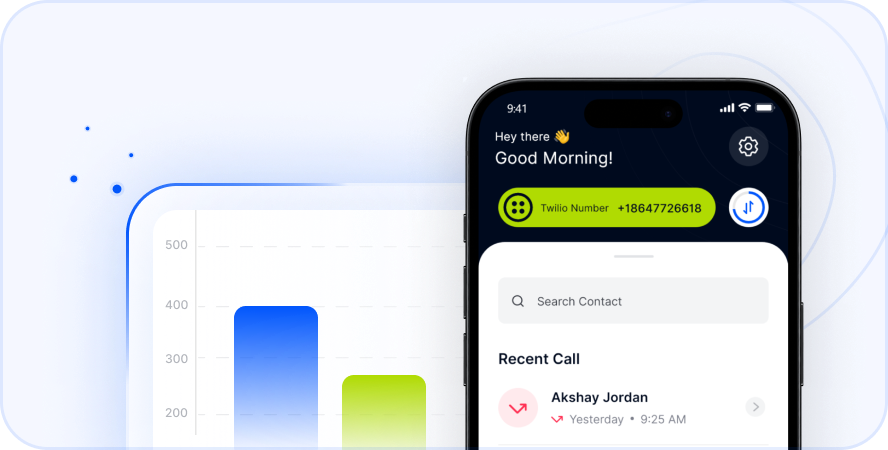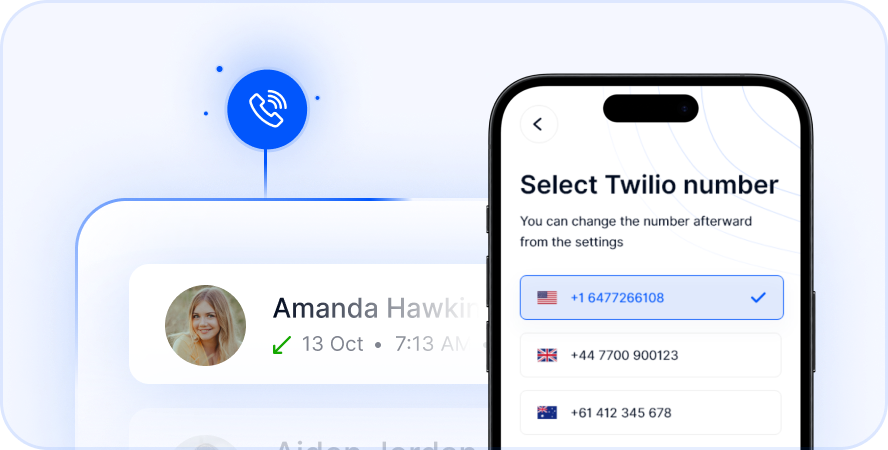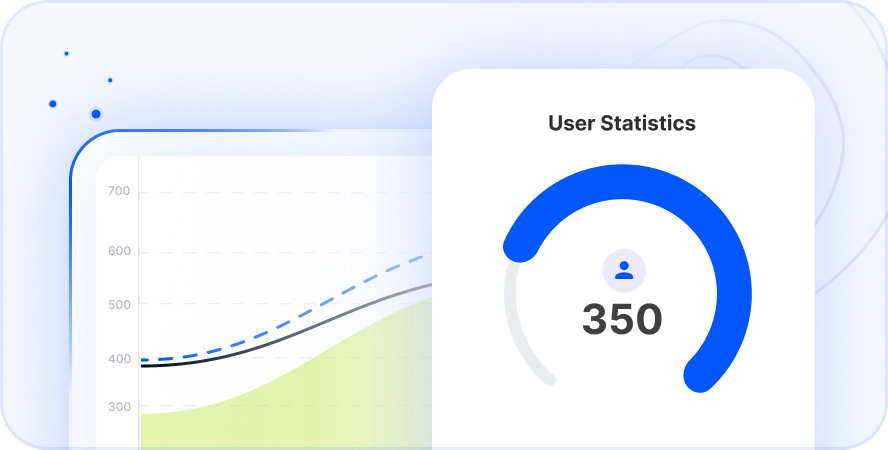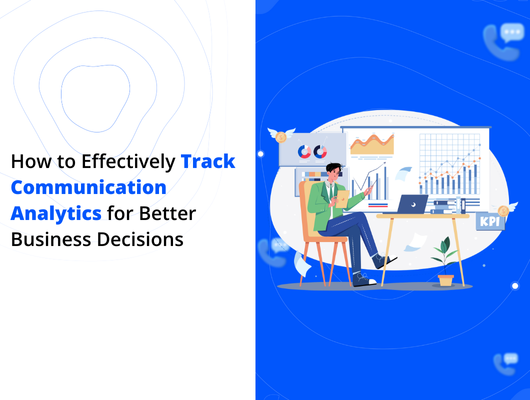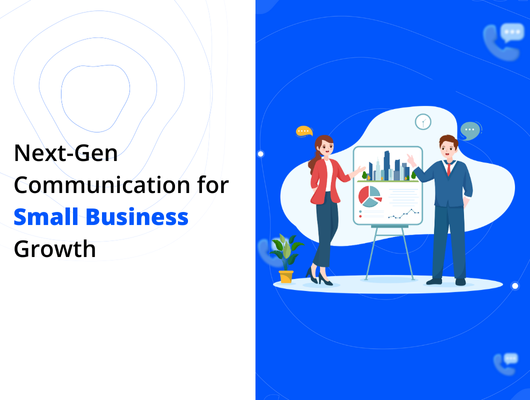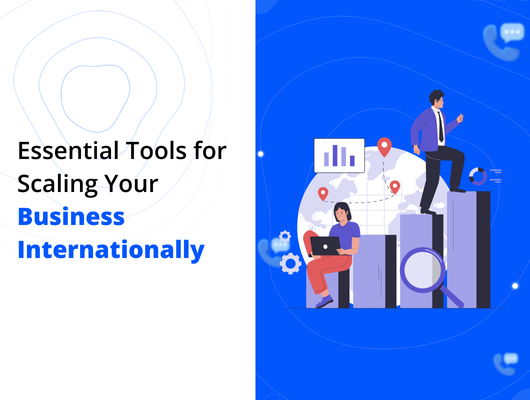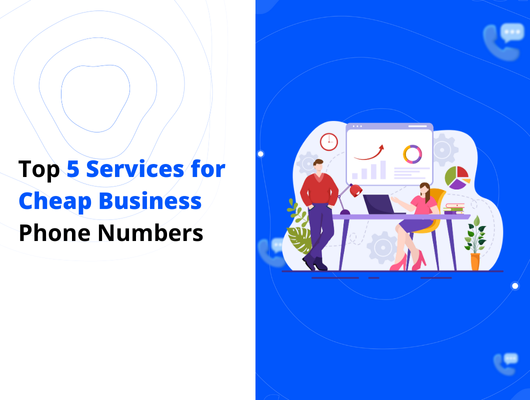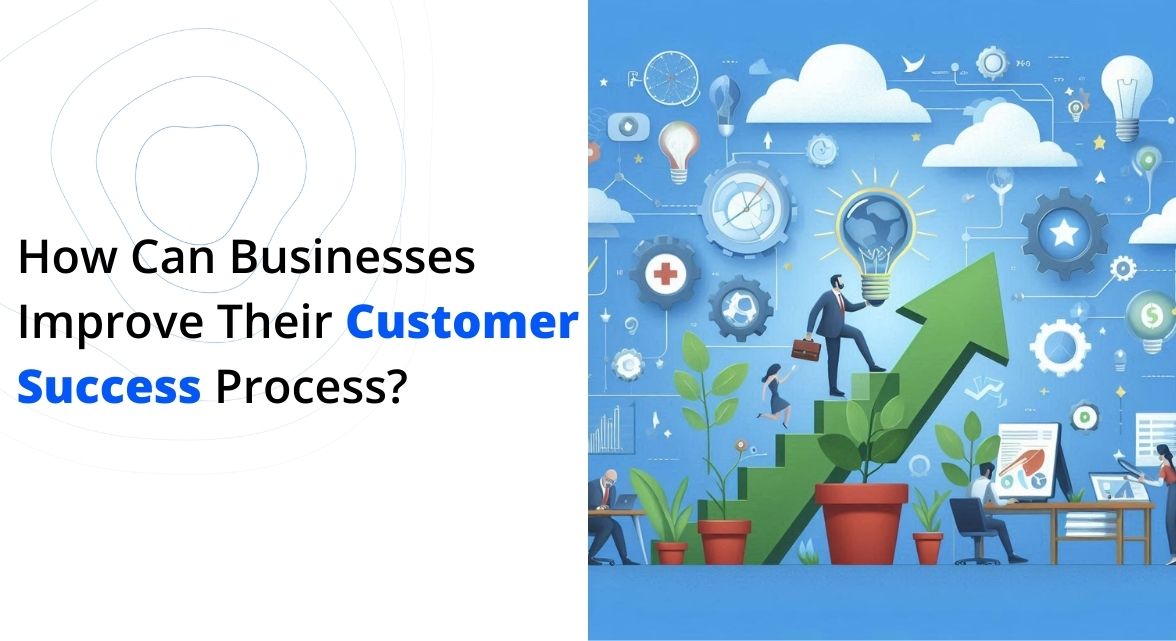
desired outcomes. This creates a mutually beneficial relationship built on trust and value. Understanding why customer retention is vital is the first step towards building a successful strategy. According to HubSpot, increasing customer retention rates by 5% increases profits by 25% to 95%. This highlights the significant financial impact of focusing on customer success.
Customer Success is the function responsible for guiding customers to achieve their goals while using your product or service. It goes beyond traditional customer service, which is often reactive. Customer Success is proactive, anticipating needs, preventing issues, and helping customers maximize value. By focusing on this, businesses can reduce churn, increase customer lifetime value (CLTV), and turn customers into advocates. Building a strong Customer Success process requires understanding your customers, providing ongoing support, and leveraging the right tools. Let’s explore key strategies to enhance your approach.
Understanding and Mapping Your Customer Journey
To truly improve customer success, you must first deeply understand your customer’s experience from their initial interaction with your brand through their entire lifecycle. This is known as the customer journey. Mapping this journey helps you visualize every touchpoint and identify potential areas for friction or opportunities to provide support and value. Explore more here
Steps to Map the Customer Journey
Creating a detailed map provides a clear picture of your customers’ path. It allows your team to empathize with customers and pinpoint moments where proactive intervention can enhance their experience and ensure they achieve their goals.
- Identify Key Stages: Define the major phases a typical customer goes through, such as Awareness, Consideration, Decision, Onboarding, Usage, Loyalty, and Advocacy.
- List Touchpoints: For each stage, identify all the ways a customer interacts with your business. This includes website visits, marketing emails, sales calls, product usage, support tickets, billing interactions, and social media engagement.
- Analyze Customer Actions and Emotions: At each touchpoint, consider what the customer is doing, what questions they might have, and how they might be feeling (e.g., excited, confused, frustrated).
- Identify Pain Points and Opportunities: Look for moments where customers struggle or where there’s a chance to exceed expectations and provide significant value.
Analyzing customer behavior at each stage is crucial. Data on feature adoption, time spent in the product, support requests, and feedback can reveal patterns. These patterns help you anticipate needs and tailor your support effectively. Recording customer interactions, such as sales or support calls, can offer direct insight into customer challenges and conversations at specific touchpoints.
Optimizing the Customer Onboarding Experience
Onboarding is arguably the most critical phase of the customer journey after the sale. It’s the period where customers learn how to use your product or service and begin to realize its value. A smooth and effective onboarding process sets the stage for long-term success and reduces the likelihood of early churn. Poor onboarding can lead to frustration and customers abandoning the product before they even start using it effectively.
Building a Strong Onboarding Process
An effective onboarding process is more than just showing customers how to log in. It’s a structured program designed to get them to their first “aha!” moment quickly and guide them towards achieving their primary objectives with your solution.
- Personalize the Approach: Customers have different needs and goals. Tailor the onboarding process based on their specific use case, industry, or plan tier. Offer personalized guidance, relevant resources, and specific feature walkthroughs.
- Set Clear Expectations: Clearly communicate what the customer should expect during onboarding, including timelines, required actions, and available support channels.
- Provide Multi-Channel Support: Offer various ways for customers to get help during onboarding. This could include live chat, email, phone support, video tutorials, webinars, and comprehensive documentation. Some customers prefer self-service, while others need hands-on assistance.
- Define and Track Milestones: Establish key milestones the customer should reach during onboarding (e.g., completing initial setup, using a core feature, achieving a specific outcome). Track their progress and proactively reach out if they fall behind.
Real-time support during onboarding can significantly improve the customer experience. Having options like direct phone support or quick SMS responses allows customers to get immediate help when they encounter roadblocks. This reduces frustration and keeps their momentum going toward successful product adoption.
Enhancing Communication and Data Usage
Consistent, valuable communication is the backbone of strong customer success. It keeps customers engaged, informed, and feeling supported. Combining effective communication strategies with smart data utilization allows you to provide proactive, personalized support that anticipates needs rather than just reacting to problems. Ignoring communication can lead to customers feeling neglected, while not using data means missing crucial opportunities to understand and help them.
Developing a Proactive Communication Plan
Your communication strategy should be planned and purposeful. It involves reaching out to customers regularly, not just when they have an issue. This shows you are invested in their success and are there to support them every step of the way.
- Schedule Regular Check-Ins: Implement a schedule for proactively checking in with customers, especially during critical phases or based on their engagement levels. These check-ins can be via email, phone calls, or in-app messages.
- Personalize Your Messaging: Use customer data to make communications highly relevant. Reference their specific goals, product usage, or recent interactions. Personalized messages are more likely to resonate and encourage engagement.
- Be Easily Accessible: Ensure customers know how to reach you and that your support channels are responsive. Offering multiple contact options like phone, email, chat, and potentially social media caters to different preferences and urgency levels.
Leveraging Customer Data for Insights
Data is a powerful tool for understanding your customers and improving their success. By analyzing customer behavior, demographics, and interactions, you can gain insights that inform your communication and support strategies.
- Segment Your Customer Base: Group customers based on shared characteristics like industry, company size, usage patterns, subscription tier, or maturity level. This allows you to tailor communication and support strategies to the specific needs of each segment.
- Monitor Key Metrics: Track metrics like feature adoption rates, engagement frequency, support ticket volume, and customer health scores. These indicators can signal potential issues or identify customers who might need additional resources or proactive support.
- Predict Potential Issues: Use data analytics to identify patterns that often precede churn or customer dissatisfaction. For example, a drop in usage or an increase in support requests for a specific feature might indicate a problem brewing. Proactive outreach based on these signals can prevent escalation.
Using data enables you to move from reactive support to proactive guidance. When you know how a customer is using your product and understand their typical journey, you can offer relevant tips, suggest features they might benefit from, or reach out before they even realize they have a problem.
Building a Strong Feedback Loop and Scaling Efforts
Customer feedback is invaluable. It provides direct insights into what’s working, what’s not, and what customers need. Establishing a robust system for collecting and acting on feedback is fundamental to continuous improvement in your customer success process. As your business grows, maintaining high levels of customer success requires scaling your processes and tools effectively without compromising quality.
Creating an Effective Feedback Loop
A feedback loop ensures that customer input isn’t just collected but is also used to drive positive changes within your product and services. It closes the loop by letting customers know their feedback was heard and acted upon.
- Solicit Feedback Regularly: Don’t wait for customers to come to you with problems. Actively seek feedback through various channels. This can include periodic surveys (like Net Promoter Score or Customer Satisfaction), in-app prompts, follow-up calls after support interactions, and dedicated feedback forms.
- Analyze and Categorize Feedback: Organize the feedback you receive to identify common themes and prioritize issues or suggestions. What are customers saying most often? What pain points are recurring?
- Act on Feedback: This is the most critical step. Use the insights gained from feedback to make tangible improvements to your product, documentation, support processes, or communication strategies.
- Communicate Changes: Inform your customers about the changes you’ve made based on their feedback. This shows you value their input and encourages them to continue sharing their thoughts.
Quick methods for collecting feedback, such as short SMS surveys or brief follow-up calls, can increase response rates and provide timely insights.
Strategies to Scale Customer Success
As your customer base expands, manual, high-touch processes become unsustainable. Scaling your customer success efforts ensures you can continue to provide value and support to a growing number of customers efficiently.
- Document and Standardize Processes: Clearly define and document your key customer success processes, such as onboarding, regular check-ins, and handling common issues. Standardizing these helps maintain consistency and quality as your team grows.
- Leverage Technology and Automation: Implement tools that can automate repetitive tasks like sending welcome emails, scheduling check-ins, or triggering alerts based on customer behavior. Technology is key to handling higher volumes.
- Segment Customers for Tiered Support: Not all customers require the same level of interaction. Segment your customers and define different customer success models (e.g., high-touch for enterprise, low-touch/tech-touch for SMBs) to allocate resources effectively.
- Invest in Your Team: As your customer base grows, you may need to expand your Customer Success team. Ensure they are well-trained, equipped with the right tools, and have clear roles and responsibilities.
Scaling requires tools that can handle increasing communication volume and complexity. Platforms that offer features like multi-number management or integrated communication channels are valuable assets for growing Customer Success teams.
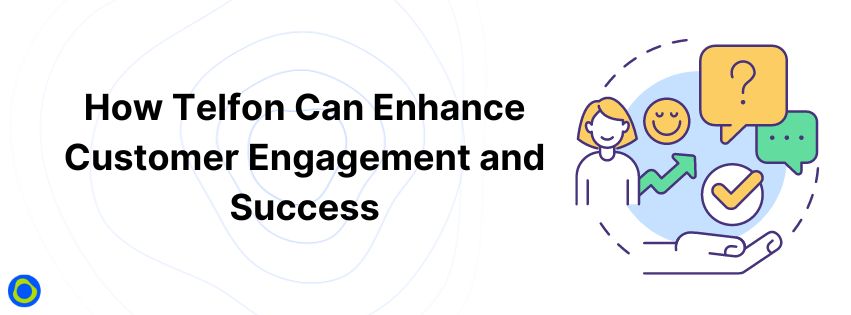
Leveraging Technology for Improved Customer Success
Technology plays a pivotal role in enhancing customer success. It provides the infrastructure for communication, data analysis, process automation, and scalability. The right tools can significantly boost your team’s efficiency and effectiveness in supporting customers and driving their success. Choosing technology that integrates well and offers comprehensive functionality is key.
Why Communication Platforms Like Telfon are Essential
Effective communication is central to every aspect of customer success, from initial onboarding calls to proactive check-ins and support interactions. A versatile communication platform can consolidate various channels and provide valuable insights. Telfon offers features designed to support robust customer communication and engagement.
- Unified Multi-Channel Communication: Telfon allows you to interact with customers through various channels, including VoIP calls, SMS, and WhatsApp, all within a single platform. This flexibility enables you to reach customers on their preferred channel, improving response rates and engagement.
- Call Recordings and Insights: The ability to record and review customer calls provides invaluable insights into customer needs, challenges, and the effectiveness of your team’s interactions. These recordings can be used for training, quality assurance, and understanding customer sentiment.
- Scalability and Flexibility: As your business and customer base grow, your communication needs will evolve. Telfon is built to scale, supporting increased call and message volumes, multiple users, and international communication, adapting to your business’s growth trajectory.
- Streamlined Management: Features like multi-number management and user analytics (in business plans) help larger teams efficiently manage interactions and track performance across different customer segments or regions.
By providing a central hub for communication and offering features that support analysis and scalability, tools like Telfon empower Customer Success teams to connect more effectively with customers and proactively address their needs. This integrated approach simplifies workflows and ensures consistent, high-quality communication.
Proactive Churn Prevention Strategies
Churn—when a customer stops using your product or service—is a major obstacle to growth. A core function of customer success is preventing churn by identifying at-risk customers and taking action before they leave. Proactive churn prevention focuses on spotting warning signs early and intervening with targeted support and value.
Steps to Provide Proactive Support
Instead of waiting for a cancellation request, a proactive approach means actively looking for indicators of dissatisfaction or disengagement and reaching out before problems become critical. This requires monitoring customer health and providing resources to ensure they stay on track to achieve their goals.
- Develop a Customer Health Score: Create a system to score customer health based on various factors like product usage frequency and depth, support ticket history, engagement with communications, and feedback sentiment. A declining score can signal a customer is at risk.
- Monitor Usage Patterns: Track key usage metrics. A significant drop in activity, failure to adopt core features, or inconsistent login frequency can be warning signs of disengagement.
- Identify Low Engagement: Monitor whether customers are engaging with your resources, attending webinars, or opening your emails. Low engagement might mean they aren’t fully understanding or using the product effectively.
- Offer Targeted Resources and Support: Based on health scores and usage patterns, proactively offer relevant help. This could involve sending tutorials for underutilized features, scheduling check-in calls to address potential issues, or inviting them to advanced training sessions.
By actively monitoring customer behavior and health, Customer Success teams can step in with tailored support and resources at the first sign of trouble. This prevents minor frustrations from escalating into reasons to churn and reinforces the value the customer receives.
FAQ
Here are some common questions about improving customer success processes:
Q1. What is the primary goal of customer success?
The primary goal is to ensure customers achieve their desired outcomes while using your product or service. This leads to increased customer retention, loyalty, and advocacy.
Q2. How is customer success different from customer service?
Customer service is typically reactive, addressing specific issues or questions as they arise. Customer success is proactive, working with customers to prevent problems, maximize value, and help them achieve long-term goals.
Q3. What are key metrics to track for customer success?
Important metrics include Customer Churn Rate, Net Revenue Retention (NRR), Customer Lifetime Value (CLTV), Customer Satisfaction (CSAT), Net Promoter Score (NPS), and Product Adoption Rate.
Q4. How does technology help improve customer success?
Technology, such as CRM systems, analytics platforms, and communication tools, helps automate tasks, track customer data, gain insights, facilitate communication across channels, and scale operations to support a growing customer base effectively.
Q5. How often should I communicate with customers?
The ideal communication frequency varies depending on the customer’s segment, maturity stage, and specific needs. A good strategy involves a mix of automated communications, scheduled proactive check-ins, and responsive support interactions, based on analyzing customer behavior and health scores.
Conclusion
Elevating your customer success strategy is a continuous journey. It involves deeply understanding your customers, providing exceptional support from the moment they onboard, maintaining open and personalized communication, leveraging data for insights, actively seeking and acting on feedback, and building processes that can scale with your business. Focusing on helping customers achieve their goals doesn’t just make them happy; it directly drives retention, increases lifetime value, and fuels sustainable growth.
Having the right tools is fundamental to executing these strategies effectively. Integrated communication platforms that offer flexibility, insights, and scalability are invaluable assets for any customer success team. By investing in your customer success process and equipping your team with the necessary resources and technology, you build stronger relationships and a more resilient business.


